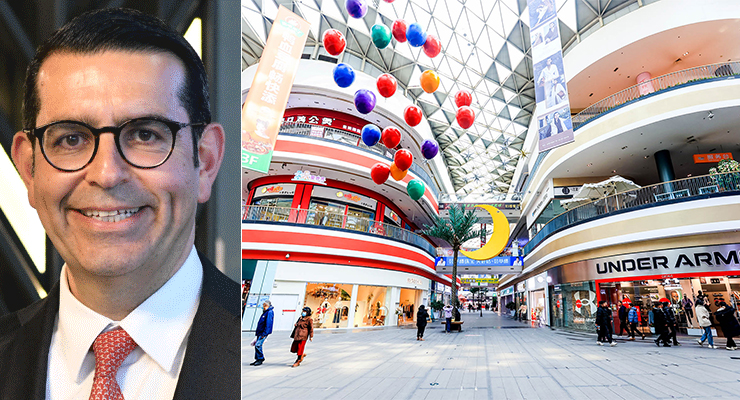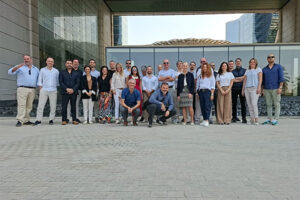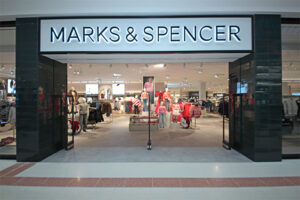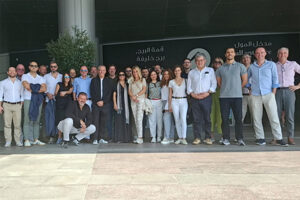Consumer needs-related projects are unique due to their innovative designs, distinctive offerings, and their ability to create immersive experiences for consumers. They leverage cutting-edge technology and enhance customer service while incorporating sustainable practices. By understanding consumer needs and preferences, these projects create engaging environments that encourage customers to interact, explore, and return. Strategies employed include targeted events, popup stores, and experience-oriented spaces, along with effective outreach through social media and digital marketing, all of which foster brand loyalty and enhance the overall shopping experience.
These projects distinguish themselves through a combination of innovative designs, unique offerings, and their ability to create truly immersive consumer experiences. By incorporating cutting-edge technology and focusing on enhancing customer service, they also embed sustainable practices into their operations, making them not only forward-thinking but also environmentally responsible.
One of the key elements driving their success is a deep understanding of evolving consumer needs and preferences. This allows the development teams to create vibrant, engaging environments where customers are encouraged to interact with the space, explore new offerings, and ultimately return, fostering a sense of community and loyalty. A variety of strategies are employed to enrich the customer journey and differentiate these projects from traditional retail developments. For instance, the use of targeted events tailored to specific demographics, along with pop-up stores, creates a dynamic atmosphere that constantly feels fresh and exciting. Experience-oriented spaces, such as themed zones or interactive areas, are carefully designed to appeal to both the casual visitor and the dedicated shopper. These elements combine to make the shopping experience more than just transactional—it becomes a memorable journey that customers are eager to repeat.
Furthermore, the integration of social media and digital marketing plays a crucial role in extending the reach and impact of these projects. By effectively engaging with customers online, these developments not only attract a wider audience but also cultivate long-term relationships. Through social media campaigns, digital content, and personalized outreach, they are able to keep consumers informed, excited, and connected, driving foot traffic and building brand loyalty. Altogether, these projects represent a new era of retail spaces—ones that prioritize experience, sustainability, and customer engagement, ensuring their relevance in a rapidly changing market.
HOW CONSUMER NEEDS-RELATED PROJECTS DIFFER FROM OTHER PROJECTS
Consumer needs-related projects stand out because they prioritize creating a comprehensive, immersive experience rather than just offering a transactional environment. Unlike traditional retail spaces that focus solely on product sales, these developments incorporate elements that engage consumers on multiple levels. One key differentiator is the storytelling aspect, where unique architectural design, local cultural elements, and personalized touches are woven together to create a narrative that resonates with
visitors. These spaces go beyond selling products; they provide a context, a story, or an emotional connection, allowing consumers to feel a deeper bond with the environment.
Moreover, these projects are designed with flexibility and adaptability in mind, using feedback loops that allow them to quickly evolve based on changing consumer preferences. This responsive approach ensures that the spaces remain relevant and can keep up with the fast pace of trends in the retail industry. The integration of technology, such as interactive digital installations or smart shopping solutions, further
enhances their uniqueness by making the consumer journey more engaging and convenient.
Another distinguishing factor is the emphasis on social interaction. These developments are not just places to shop at, but community hubs where consumers can socialize, enjoy entertainment, and dine in curated spaces that offer a blend of comfort and excitement. They feature communal areas that invite consumers to linger, encouraging a sense of belonging and turning the space into a destination rather than a mere stop for purchases.
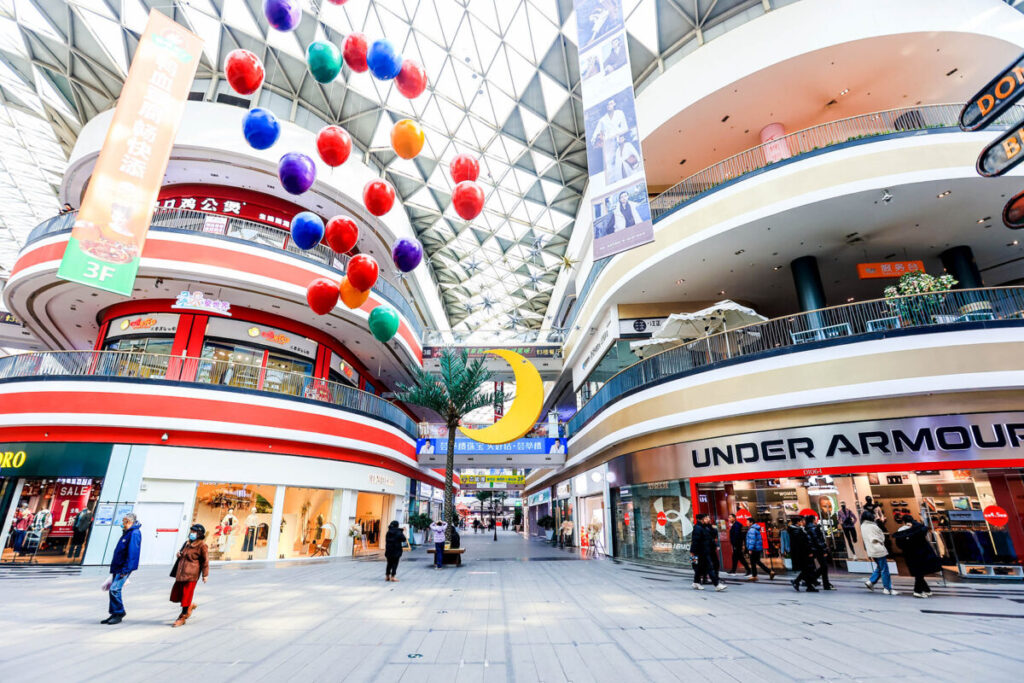
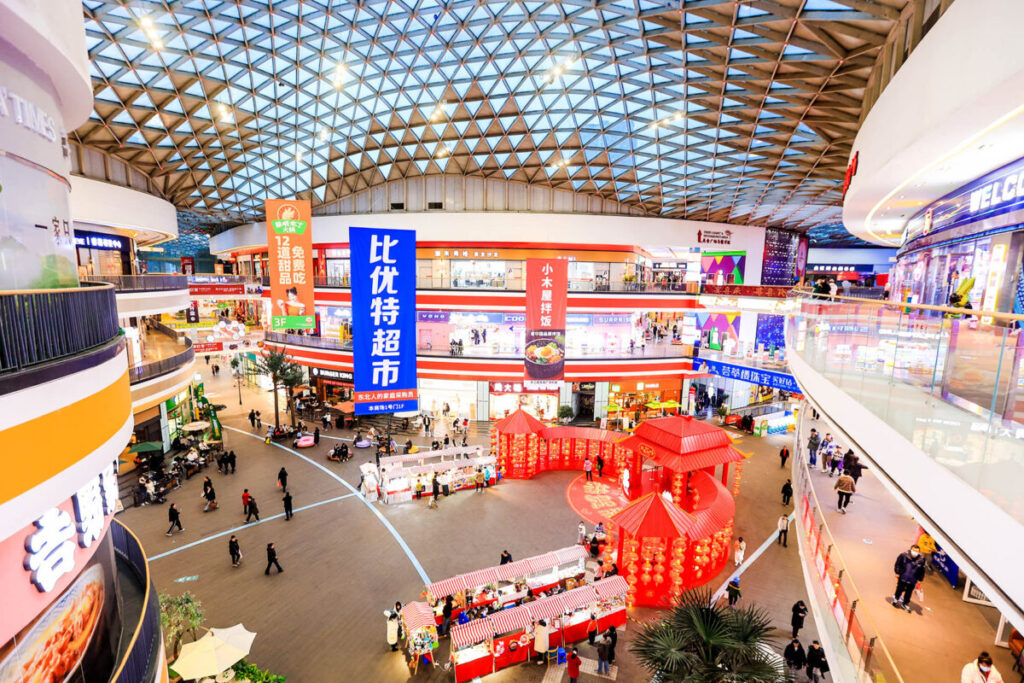
With its 17,000 sq m glass ceiling, Star Mall lets the sunlight in and creates a feeling of shopping in the open air.
CAPTIVATING ASPECTS OF CONSUMER NEEDS-RELATED PROJECTS
The most captivating aspects of these (re)developments are a combination of several key elements that work together to create a holistic and engaging consumer experience. First and foremost, the distinctive architecture is often a standout feature. These developments utilize innovative design principles that marry form and function, with aesthetically striking buildings that are both visually appealing and highly functional.
This blend of beauty and practicality serves to draw consumers in, making the space feel modern, sophisticated, and inviting. Whether through iconic facades, open-plan layouts, or the strategic use of natural light, the architecture plays a crucial role in shaping the consumer’s overall impression. Additionally, flexible architecture is crucial in today’s fast-changing world, as it allows buildings to adapt to the changing needs of users over the long term to accommodate market changes and extend the life of the project.
Beyond the physical structure, the customer service provided within these spaces is another significant element that captivates visitors. Personalized, attentive service makes consumers feel valued and welcomed, which enhances their overall experience. In many cases, these developments are able to leverage technology to offer personalized services, such as smart fitting rooms, virtual shopping assistants, or personalized product recommendations based on consumer preferences. This level of customization helps foster a sense of belonging and loyalty, encouraging consumers to return.
The variety of offerings within these spaces is also essential in creating an engaging experience. These projects go beyond traditional retail by offering a mix of experiential services, exclusive products, and curated events. From interactive zones and entertainment options to themed areas and wellness spaces, the diversity of activities available ensures that there is something for everyone. This variety not only caters to a broader audience but also encourages consumers to spend more time exploring and interacting with the space, turning a simple shopping trip into a memorable experience.
Another captivating aspect is the seamless integration of technology into the consumer journey. Digital installations, interactive displays, and augmented reality experiences have increasingly become part of these developments, making the shopping experience more dynamic and engaging. In some cases, entire areas are dedicated to experiential retail, where consumers can engage in activities like virtual try-ons, interactive gaming zones, or immersive art installations. These digital elements enhance the physical environment, creating a multi-sensory experience that captures the attention of visitors and encourages them to explore further. As a member of the Advisory Board at Finberg, Fiba Group’s corporate venture capital arm, I actively monitor advancements in digitalization. Finberg fosters a supportive ecosystem for start-ups specializing in areas such as image processing, online payment solutions, and cloud kitchens, with a strong emphasis on digital innovation. Within the Finberg Board, we not only stay attuned to emerging trends but also explore how cutting-edge digital technologies can be leveraged to enhance consumer experiences in retail and commercial real estate.
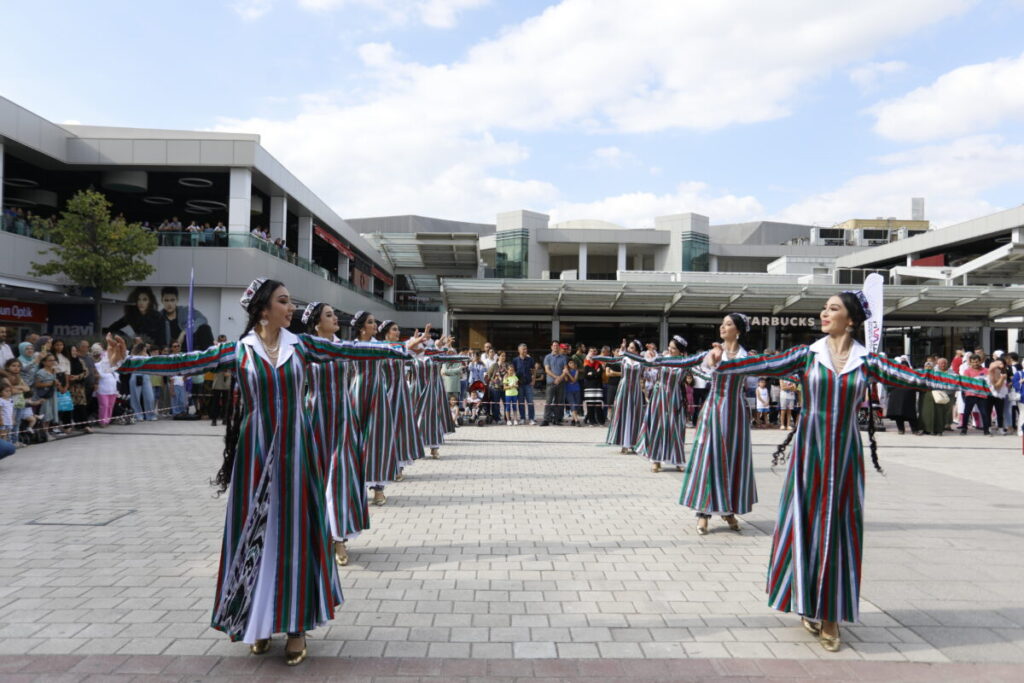
and large social areas provided by its openair concept. /// credit: FİBA CP
SUSTAINABILITY IN CONSUMER NEEDS-RELATED PROJECTS
Sustainability also plays a critical role in setting these projects apart. Many traditional retail spaces overlook environmentally conscious practices, but these developments are at the forefront of incorporating green technologies and sustainable designs. A prime example is Inegol Shopping Mall, which not only won the grand prize at the European Property Awards but also received a gold medal in the category of Corporate Social Responsibility at the MarCom Awards in the USA for its Transformation Story Project, which was carried out during the renovation. This project involved removing approximately two tons of wooden blocks from the ceiling and repurposing them inside the shopping center, creating eight benches and enhancing common areas for visitor comfort.
Additionally, a playground made from natural products sourced from 300 kilograms of recycled wood was established for children, saving a total of 80 trees from being cut down through these recycling efforts. Whether through the use of renewable energy, eco-friendly materials, or waste reduction systems like those implemented at Inegol, these spaces not only meet modern environmental standards but also resonate with today’s increasingly eco-aware consumers. This commitment to sustainability helps create a unique value proposition, distinguishing them from competitors and positioning them as leaders in responsible development.
By weaving together these elements—architecture, service, offerings, technology, and sustainability— these projects deliver a unique, captivating experience that goes beyond what traditional retail developments offer. This multifaceted approach ensures that consumers are not just visiting a shopping center but engaging with a dynamic and evolving space designed to meet their diverse needs.
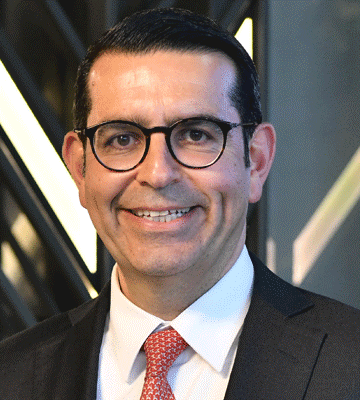
Yurdaer Kahraman
Yurdaer Kahraman is CEO and Board Member of FİBA Commercial Properties
